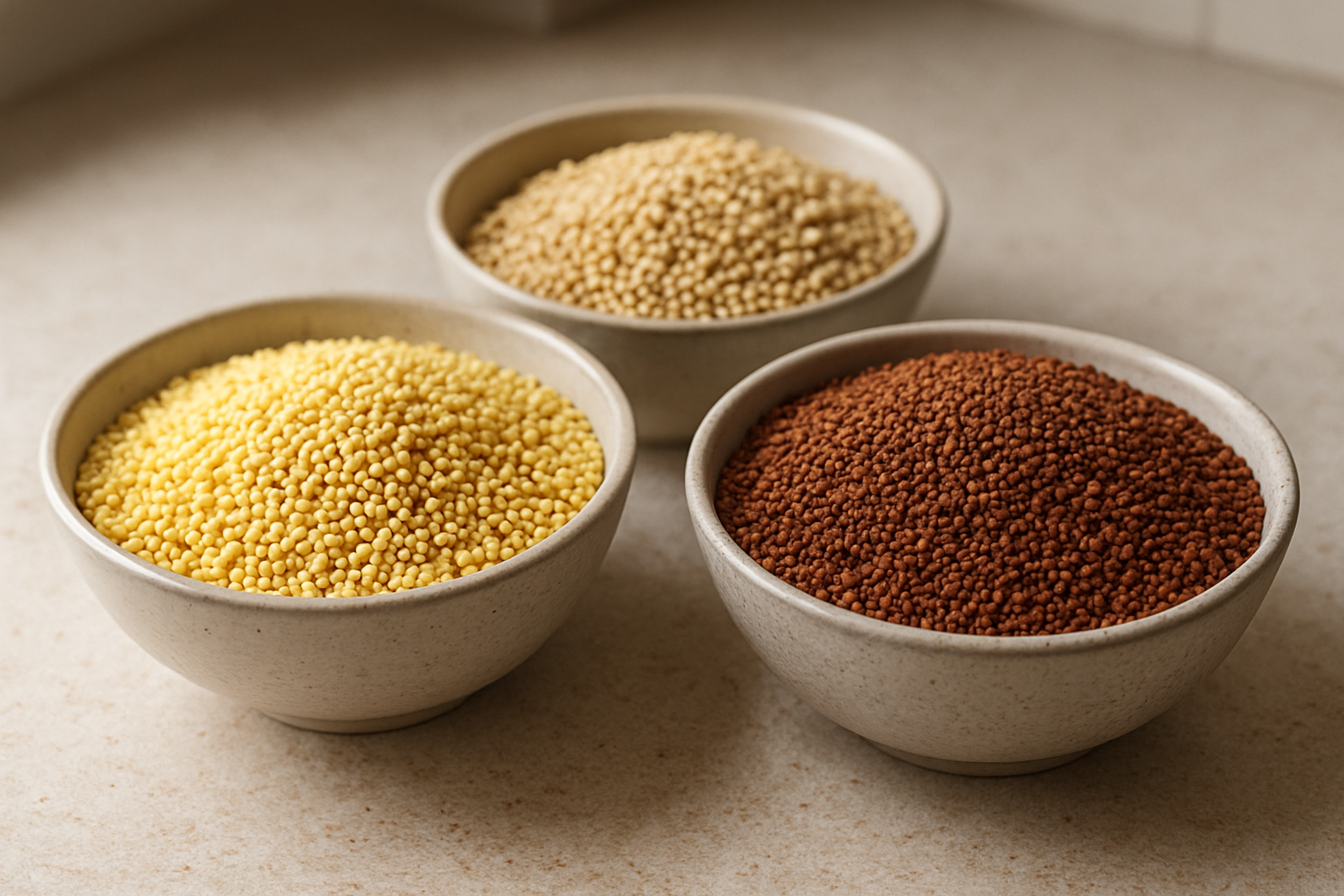ICMR Advocates More Millets, Less Sugar for Better Health
The Indian Council of Medical Research (ICMR) is recommending a dietary shift: increasing millet consumption while cutting sugar intake to fight the growing burden of non-communicable diseases such as diabetes and obesity. The evidence suggests that swapping refined carbohydrates for millets can have real public health benefits.
Why This Nutritional Shift Matters in India
India faces a rising epidemic of lifestyle diseases, fueled by diets high in refined grains and sugar. Although many consider wheat a healthier alternative to rice, ICMR’s latest findings show that both carry similar risks when consumed in excess. The institute now urges more balanced, whole-grain diets centered on millets.
Key Recommendations from ICMR’s Dietary Study
In its updated guidance, ICMR puts forward the following suggestions:
- Replace a portion of daily rice and wheat intake with millets such as finger millet, pearl millet, foxtail millet, and others.
- Drastically reduce added sugars and refined sweeteners in food and beverages.
- Focus on whole foods and minimal processing to preserve fibre, micronutrients, and beneficial phytonutrients.
- Educate communities on preparing millet-based meals that are palatable and culturally familiar.
The study also highlights that current trends in urban diets make it easy to overconsume sugar and refined grains—a key driver of metabolic disorders.
Expert Insight on Millets and Health
Nutritionists have long praised millets for their low glycemic index, high fibre content, and rich micronutrient profile. According to researchers citing peer-reviewed studies, millets can help stabilize blood glucose levels and improve insulin sensitivity properties that make them especially useful for preventing diabetes and related conditions.
One nutrition specialist commented, “Millets are climate-resilient and nutrient-dense if adopted widely, they could reshape India’s health trajectory.”
Why This Message Is Crucial
This dietary pivot matters for several reasons:
- Disease prevention: Reducing sugar and refined grain consumption is foundational to curbing diabetes, high blood pressure, and cardiovascular disease.
- Nutrition equity: Millets are often locally grown and affordable, offering an accessible health option even in rural areas.
- Sustainability: Millet cultivation generally demands less water and is more resilient to climate change, making it environmentally viable.
- Cultural revival: Encouraging indigenous grains can bolster food diversity and traditional cuisine, countering homogenization of diets.
What’s Next for Nutrition Policy
To make this shift effective, the following steps are essential:
- Government and health agencies may update dietary guidelines to emphasize millets and limit added sugars.
- Public awareness campaigns and cooking demonstrations to familiarize people with millet recipes.
- Incentives and support for farmers to grow diverse millet crops.
- Monitoring and evaluation to track reductions in disease rates over time.
Conclusion
ICMR’s call to raise millets and lower sugar in Indian diets is a vital message for public health. This nutritional strategy may not be a miracle cure but it’s a scientifically sound, culturally grounded, and climate-friendly approach to tackling India’s non-communicable disease crisis. Adopting these changes can help transform health outcomes across generations.



